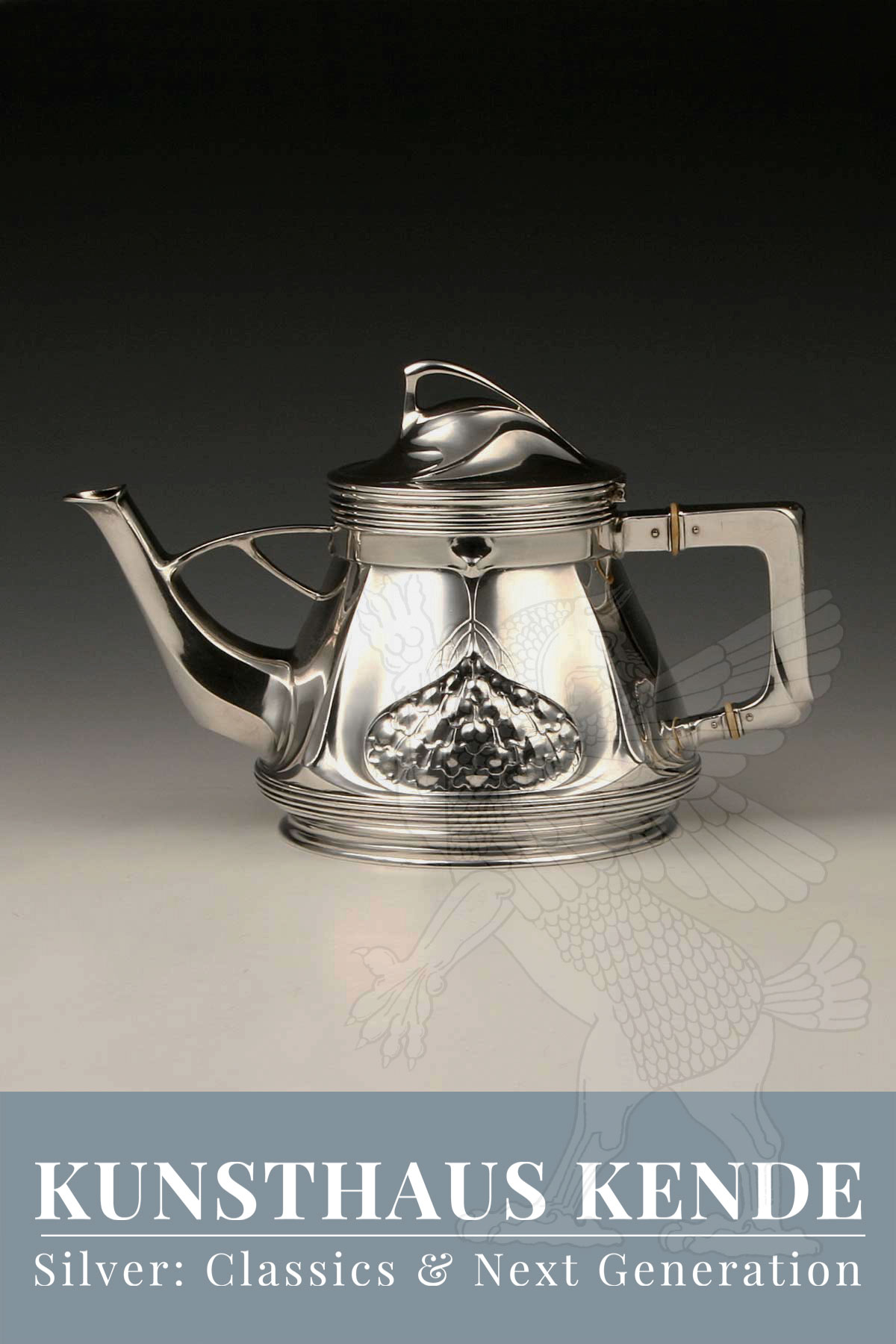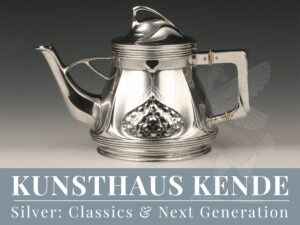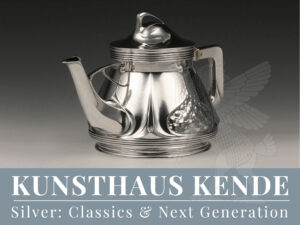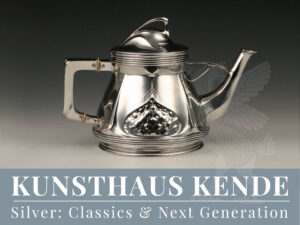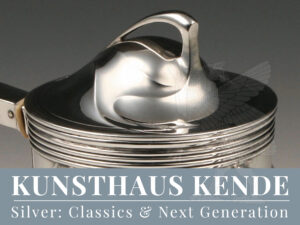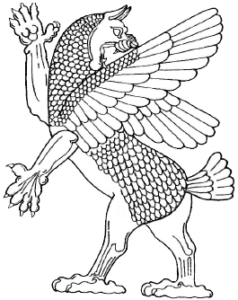Item number: 57541
A sterling silver teapot #87,
Cologne circa 1900/04 by Orivit
Standing on a circular base, the body divided in four sections with abstracted ornamental branch and foliage to the long sides. The body terminating into a profiled collar and crowned by floral lid with a knob in the form of a tendril. The handle attached through heat stoppers to the body, the spout connected with ornamental branches to the body.
A beautiful and elegant Art Nouveau sterling silver teapot of sophisticated design and a very good gauge of silver. The teapot shows a significant proximity to the designs of Henry van de Velde. Very good condition without damages or repairs.
Some other comparable works made in pewter, silver plate and solid silver by Orivit can be found in the possession of the Bröhan Museum, Berlin. See: Dedo von Kerssenbrock-Krosigk (ed.): Metallkunst der Moderne (Bestandskataloge des Bröhan-Museums VI) [Metal art of the modern age (stock catalogues of the Bröhan Museum VI)], Berlin 2001, p. 234-255.
A coffee and tea service on tray with proximity to the design of this teapot made by Orivit is also in the possession of the Rijksmuseum, Amsterdam (see here).
21.4 cm / 8.42″ length, 13.0 cm / 5.11″ wide, 13.8 cm / 5.43″ tall including knob; 536.5 g / 17.24 oz
The rise and decline of the Orivit silverware factory
Orivit became famous in the late 19th century for its very sophisticated and decorative works in Art Nouveau style, which were mainly produced in pewter and Britannia silver and far less frequently in silver.
In 1894, the entrepreneur Ferdinand Hubert Schmitz (1863 – 1939) took over the “Rheinische Bronce- und Metallwarenfabrik Johann Heinrich Welke” [The Rhenish Bronze and Metalware Factory Johann Heinrich Welke], from which ORIVIT AG emerged in 1898. Orivit’s works, which were of high aesthetic quality, were awarded a gold medal at the World Exhibition in Paris in 1900 and were received with great enthusiasm by contemporary art critics, which in turn boosted the company’s foreign business. However, large-scale investments in technical innovations, which led to large rival companies such as WMF, Osiris and Kayserzinn seeing Orivit as a growing threat, led to economic difficulties for Orivit, so that the company became insolvent and was taken over by WMF in 1905. Although objects in silver were produced by Orivit in much smaller numbers anyway, production in silver ceased completely immediately after WMF took over.
The special artistic feature of Orivit’s work is in the skilful combination of Belgian, French stylistic tendencies of Art Nouveau with those of German Jugendstil.
